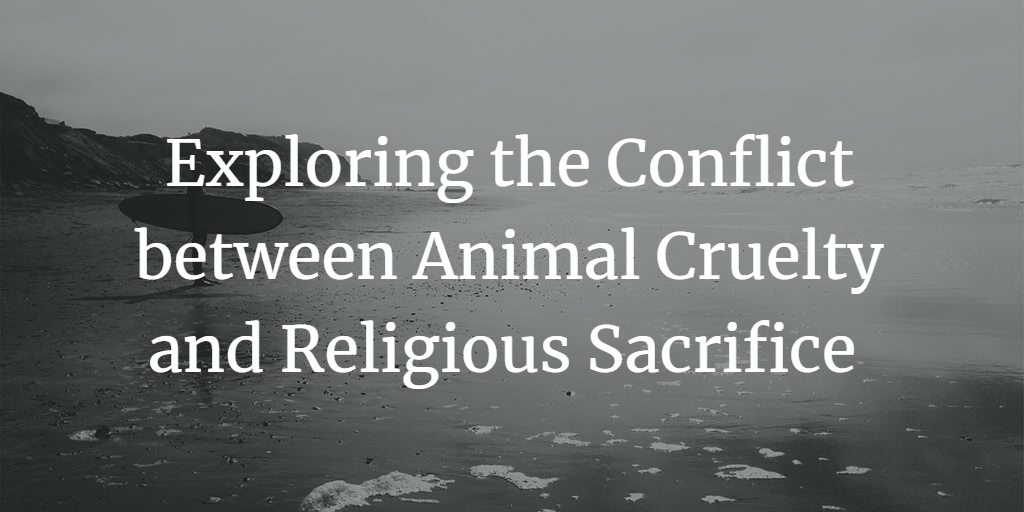Exploring the Conflict between Animal Cruelty and Religious Sacrifice in India

Table of Contents
Introduction
Animal Cruelty Laws in India
Religious Sacrifice Practices
The Legal Dilemma
Balancing Animal Rights and Religious Freedom
Possible Solutions
Conclusion
Introduction
The clash between animal cruelty laws and religious sacrifices has been a persistent and ongoing debate in India.. This article explores the delicate balance between animal rights and religious freedom in the country, delving into the legal framework, the cultural and religious aspects, and the possible solutions to address this complex issue.
Animal Cruelty Laws in India
India has a comprehensive legal framework for the protection of animals, with the Prevention of Cruelty to Animals Act, 1960, being the primary legislation. The Act aims to prevent the unnecessary suffering of animals and outlines various offenses related to animal cruelty, including the ill-treatment, overloading, and killing of animals.
Religious Sacrifice Practices
In some Indian religions and communities, the practice of animal sacrifice has been a long-standing tradition. This ritual involves the killing of animals, often as an offering to a deity, in the belief that it brings blessings and prosperity. Such practices have come under scrutiny, as they often conflict with the country's animal cruelty laws.
The Legal Dilemma
The conflict between animal cruelty laws and religious sacrifices poses a legal dilemma in India. The Constitution of India, under Article 25, guarantees the right to freedom of religion, which includes the right to practice and propagate one's religion. However, this right is subject to public order, morality, and health, and can be restricted to protect animal welfare.
Balancing Animal Rights and Religious Freedom
Striking a balance between animal rights and religious freedom is crucial for maintaining social harmony and respecting diverse cultural practices. The Indian judiciary has been instrumental in addressing this issue, with various landmark judgments that have attempted to balance the two competing interests.
Possible Solutions
To address the conflict between animal cruelty and religious sacrifice in India, the following steps can be taken:
Promote alternative rituals: Encourage religious communities to adopt alternative rituals and offerings that do not involve animal sacrifice.
Strengthen animal cruelty laws: Review and strengthen existing animal cruelty laws to ensure they effectively protect animal welfare.
Raise awareness: Conduct awareness campaigns to educate the public about the importance of animal welfare and the ethical implications of animal sacrifice.
Encourage dialogue: Foster open dialogue between religious communities, animal rights activists, and legal experts to find mutually acceptable solutions.
Conclusion
The conflict between animal cruelty and religious sacrifice in India is a complex issue that requires sensitivity, understanding, and cooperation from all stakeholders. By promoting alternative rituals, strengthening animal cruelty laws, raising awareness, and encouraging dialogue, India can strike a balance between protecting animal welfare and respecting religious freedom, ensuring a more harmonious and inclusive society for all. As the nation continues to evolve and grow, it is essential to remain open to change and be willing to re-examine long-standing traditions in light of contemporary values and ethics. By doing so, India can pave the way for a future that upholds both animal rights and cultural diversity, fostering a more compassionate and progressive society.


